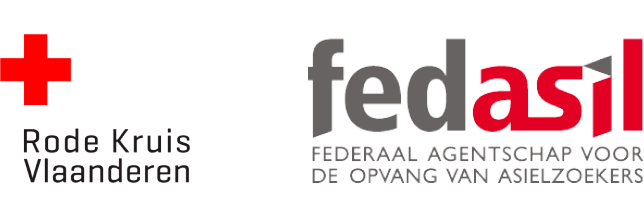Burn
A burn is an area or wound which appears after you suffer a burn.
A burn can vary in severity. For example, you could have:
- A first degree burn. This looks like a red, painful and dry area. This burn will look the same as a sunburn.
- A minor and superficial second degree burn. This is also red and painful, but also contains blisters. The wound will be moist with broken blisters.
- A deep second degree burn. Your skin will then also look blotchy and pinkish-red. White spots and blisters will also appear on your skin. This wound will result in moderate to no pain.
- A third degree burn. This kind of wound will feel like leather and look yellowish brown. You won’t feel any pain if you have a third degree burn. That’s because the nerve endings in your skin have been burned. This means it’s a serious wound and you must be treated urgently. The area may also be black, which means your skin is charred. The latter is very serious.
There are a number of things you can do yourself if you have suffered a burn.
If the fire is still burning, you need to:
- Make sure the flames and any clothes which are on fire are extinguished by rolling the person on the ground. Alternatively extinguish the flames by wrapping someone in a fire blanket, a non-synthetic cloth or textile cloth.
- Cool the burn with water. Do this as soon as possible. If natural water is the only option, you will still need to use it. You could, for example, jump into a ditch or puddle if this can cool the body down in the event of a severe burn. However, we recommend you only wet your clothing and hold it against the wound if the water is too cold. Otherwise your body can become hypothermic.
In the event of chemical burns, you must:
- Flush the wound with water for 45 to 60 minutes. The chemical needs to run out.
- Rinse your eye for 10 minutes if any chemical has gotten into your eye.
In case of an electrical burn, you must:
- Immediately break the contact between the electricity and the person who has been burned. Do this first by turning off the electricity if possible. If possible, you can break the contact with something which doesn’t conduct electricity. This could be, for example, a wooden stick. Please note: You can’t touch the person who is under current.
- Cool any subsequent wounds with water.
Other things you can do yourself with each burn:
- Immediately cool the wound with lukewarm water.
- Remove any clothing or jewellery, providing this is possible, as soon as possible. This will allow you to see where the wound is and cool it more easily. Any clothing which is stuck to the wound should be left. Otherwise you could possibly do more damage.
- Keep all other parts of your body warm and make sure you don’t get hypothermic.
- Don’t touch the burn or the area around the burn. This can prevent a possible infection.
- Take paracetamol for the pain.
- Don’t put anything on the burn or the area around the burn.
- You don’t need to cover up a red or dry area.
- Carefully read up about how you can prevent yourself from getting burned in the future.
It’s important for you to cool the wound before contacting your GP. We recommend you contact your GP immediately if one of the following situations applies to you:
- A brown, yellow-white and/or black dry area is formed. This often won’t hurt.
- You have a red, moist burn or blister on your hands, feet, legs, arms, face, joints, or genitals.
- The burn is larger than half of your hand.
- The burn becomes more painful and/or redder after a few days.
- Yellowish and greenish fluid starts draining from your burn after a few days.
- Your child, baby or toddler has a burn.
Immediately call 112 or the emergency department if:
- Your child’s burn has the surface area of 5x your child’s hand. You definitely need to contact us if the burn is even bigger.
- You start to feel hoarse.
- You have a wheeze.
- You feel short of breath or drowsy after the burn.
- The burn was caused by lightning or electrical high voltage.
- The burn was caused by a hazardous chemical.
